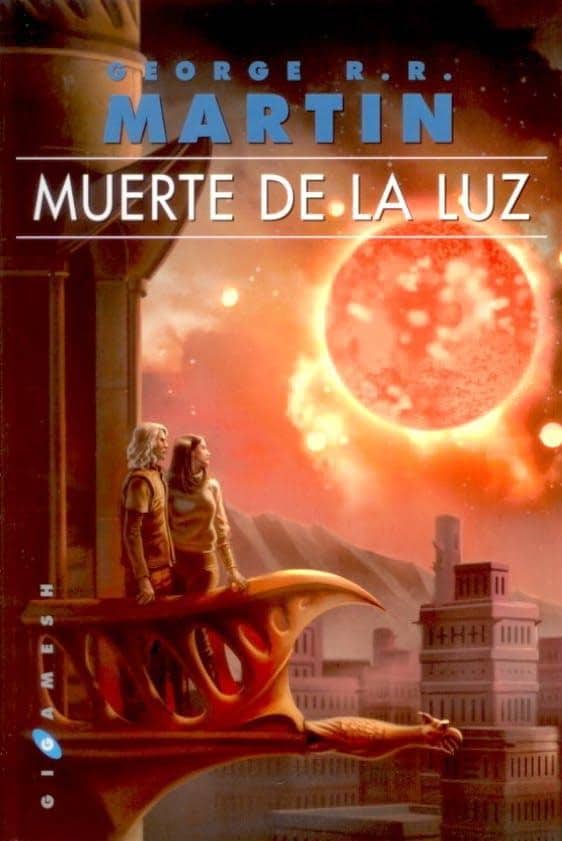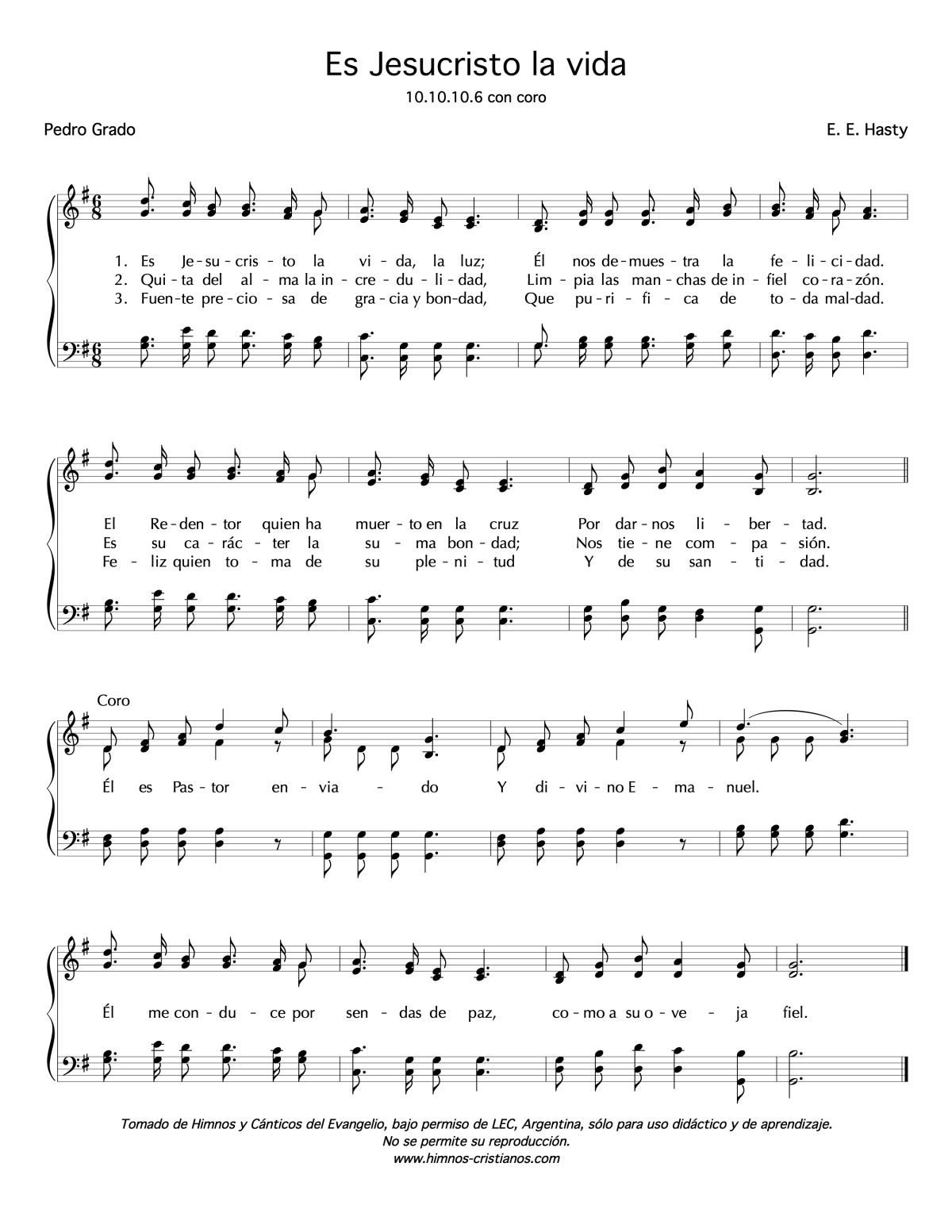



Ancliffe, Charles - The Valley of Poppies - Arranged for orchestra.Alıcıoğlu, Şafak - Introduction and 9/8.Aletter, Wilhelm - Rendez-vous - Arranged for orchestra.Albinoni, Tomaso - 12 concerti a cinque, Op.5.Alberdi, Juan Bautista - 6 Piano Pieces - Arranged for orchestra.Recuerdos de Viaje, Op.71 - Arranged for orchestra 2 Danzas espagñoles, Op.164 - Arranged for orchestra
/big.jpg)
22 Instrumental Pieces, Schrank II/31/4 (manuscript, no full score) 60 Instrumental Pieces, Schrank II/30/5 (manuscript, no full score) 24 Instrumental Pieces, Schrank II/30/2 (manuscript, no full score) 34 Instrumental Pieces, Schrank II/29/4 (manuscript, no full score) 35 Instrumental Pieces, Schrank II/29/1 (manuscript, no full score) Instrumental Piece in D major, Schrank II/33/54 - 15 Instrumental Pieces, Schrank II/31/1 - March in E-flat major, ULB Mus Ms 1223-06 To find orchestral works with complete players' parts, browse Instrumentation/Genre option at left, and choose Orchestral works and Pages with parts options with the category walker. The most American form of expression in music, widely popular during the 1920-1950’s, has eventually turned into an esoteric Aesopian art form, meaningful mainly to an expert – ideally, a jazz performer himself.This manually created page is no longer regularly updated. At the end of this chain, after about sixty years passed from jazz’ inception, the general public started losing interest in this art form which has become severely censored as a result of imperfect copyright laws, their overly restrictive administration, as well as the failure of legislative bodies and courts to recognize the special nature of jazz. Bad copyright laws led to bad practices of law enforcement, which in turn, promoted bad business practices in relation to jazz. Cross-examination of data coming from musicology, sociology, legal and economic studies points in the direction of legal issues as the primary underlying cause of negative changes that affected jazz. This short book investigates the connection between the existing copyright laws, their administration in the U.S., and the historic changes in the way jazz music has been performed and consumed in America. But very few researchers have touched upon the role that American copyright law has played in the development of jazz. Much has been written on jazz, its explosive success at the beginning of its life journey, and its gradual gain of respectability as it aged – in exchange for a noticeable loss of popularity in the land of its birth.


 0 kommentar(er)
0 kommentar(er)
